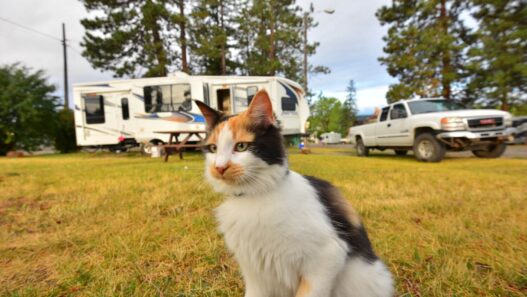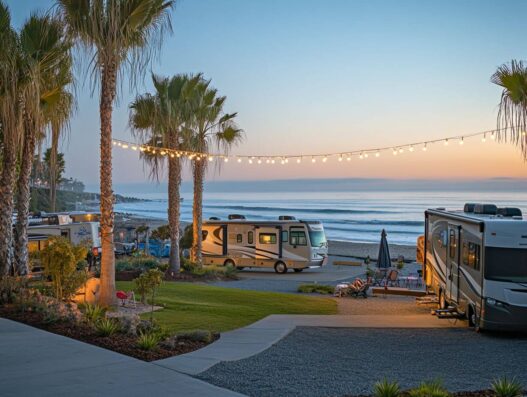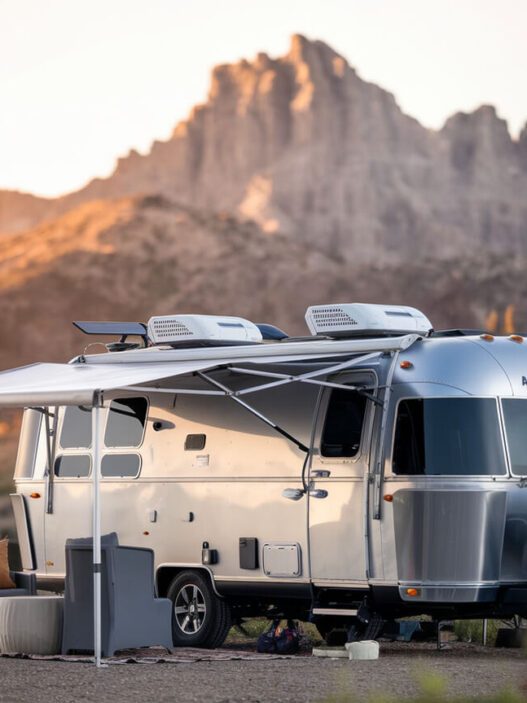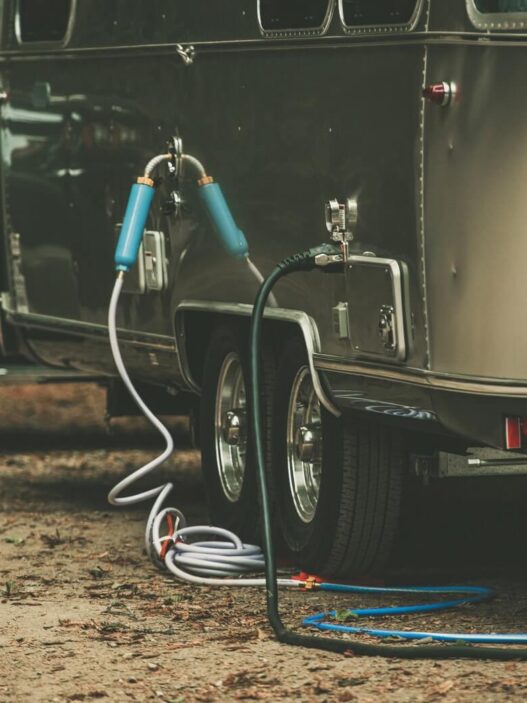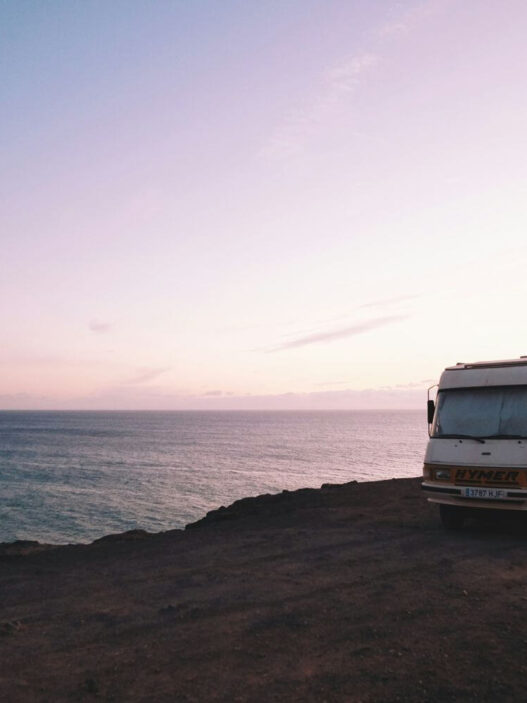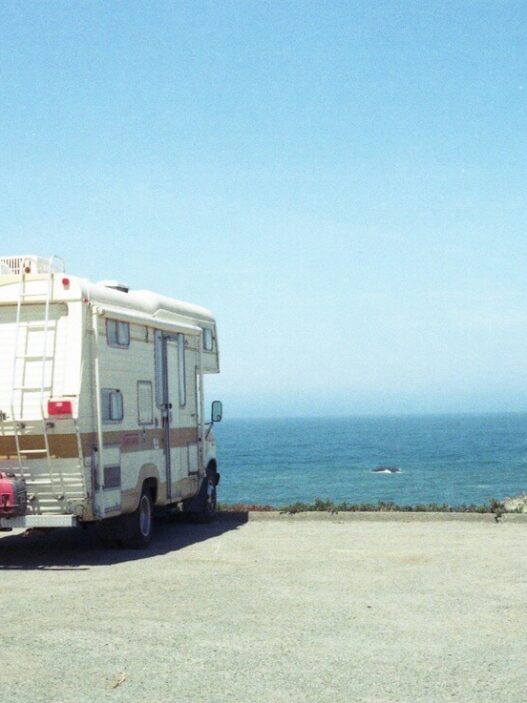When you see ads promising to “Save thousands on camping!” with a membership, it’s tempting to sign up right away. But camping memberships are like choosing a campsite – what’s perfect for one camper might not work for another.
Whether you camp every weekend or just a few times a year, this guide will help you understand if a camping membership is worth your money. We’ll look at the real costs, benefits, and things to watch out for so you can make a smart choice.
What Are Camping Memberships?
There are different types of camping memberships to choose from. Some, like Thousand Trails, offer fancy campgrounds with lots of extras. Others, like Good Sam, give you discounts at thousands of regular campgrounds. You can even join special clubs like Harvest Hosts that let you stay overnight at cool places like wineries and farms (which we love).
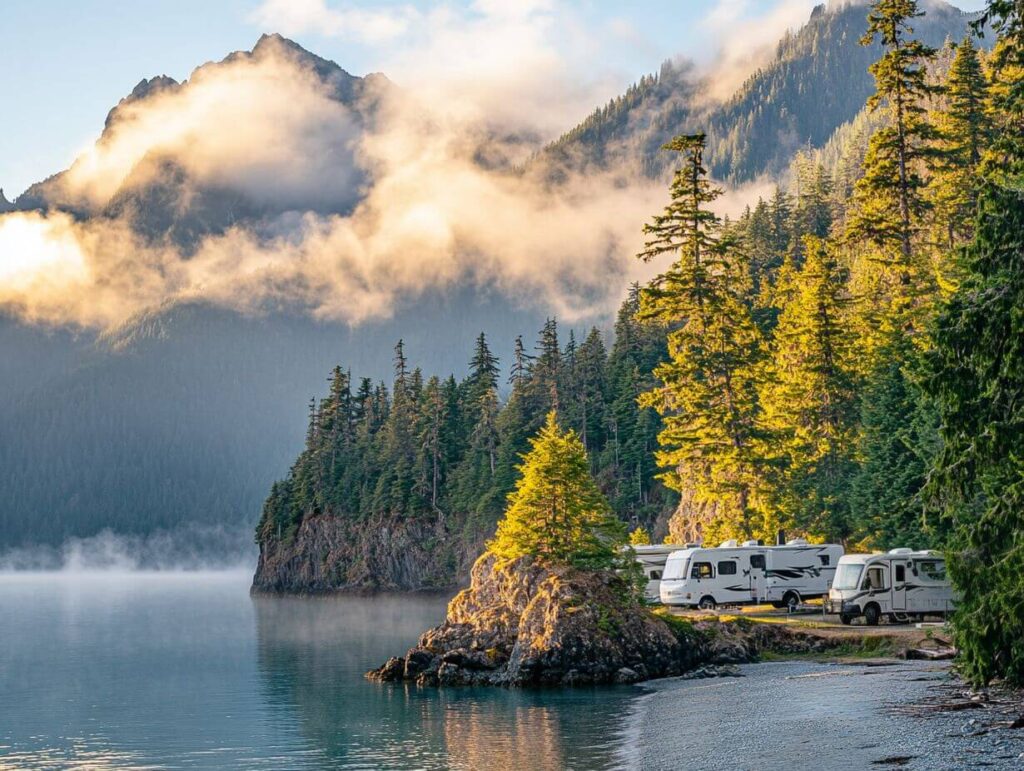
Understanding the Costs & Your Preferences
Knowing the true cost of a camping membership and how you prefer to camp will help you do the math and make the right decision for you. Think about the following:
1. How Much You’ll Pay
Basic discount clubs usually cost between $44 and $99 per year. Fancy resort memberships cost much more – sometimes thousands of dollars to join, plus yearly fees. But if you camp a lot, you can save $30-50 each night you stay.
2. Getting Your Money’s Worth
To see if it’s worth it, divide what you pay by how much you save each night. For example, if you spend $500 on a membership that saves you $25 per night, you need to camp 20 nights to break even.
3. Your Camping Style
How often you camp makes a big difference. Weekend campers need different things than people who camp all the time. Also think about when you like to camp – some memberships have rules about camping during busy times.
Do you like to plan ahead or go camping on the spur of the moment? Most memberships work better if you can plan your trips early. Some give the best spots to people who book first.
Also consider how long you like to stay in one place. Do you prefer camping in one spot for a while, or do you like to move around? Some memberships limit how long you can stay.
Where you camp matters too. If you usually camp near cities, you’ll find more membership campgrounds. If you like remote spots, you might have fewer places to choose from.
4. Available Locations
Check if there are enough membership campgrounds where you like to camp. Some networks have lots of spots in one part of the country but few in others.
The quality of campgrounds can be different too. Some memberships make sure all their campgrounds are nice, while others might be hit-or-miss.
Popular camping spots might be full during busy times but easy to book in slower seasons. It’s good to know this before you join.
Understanding the Rules
Before you join, know what you can and can’t do:
Making Reservations
Many camping memberships want you to book weeks or months ahead for popular spots. Some let you book only so many days ahead. Better members might get to book earlier than others.
How Long You Can Stay
Different memberships have different rules about how long you can camp. Some let you stay as long as you want, while others make you move after two weeks. Some even make you leave their network for a while between stays.
Busy Times
Holiday weekends often have special rules or might not be available. Some places charge more during busy times, so you won’t save as much.
RV Rules
Many camping memberships have rules about what kinds of RVs you can bring. Some fancy places don’t allow older RVs. They might also have rules about how big your RV can be.
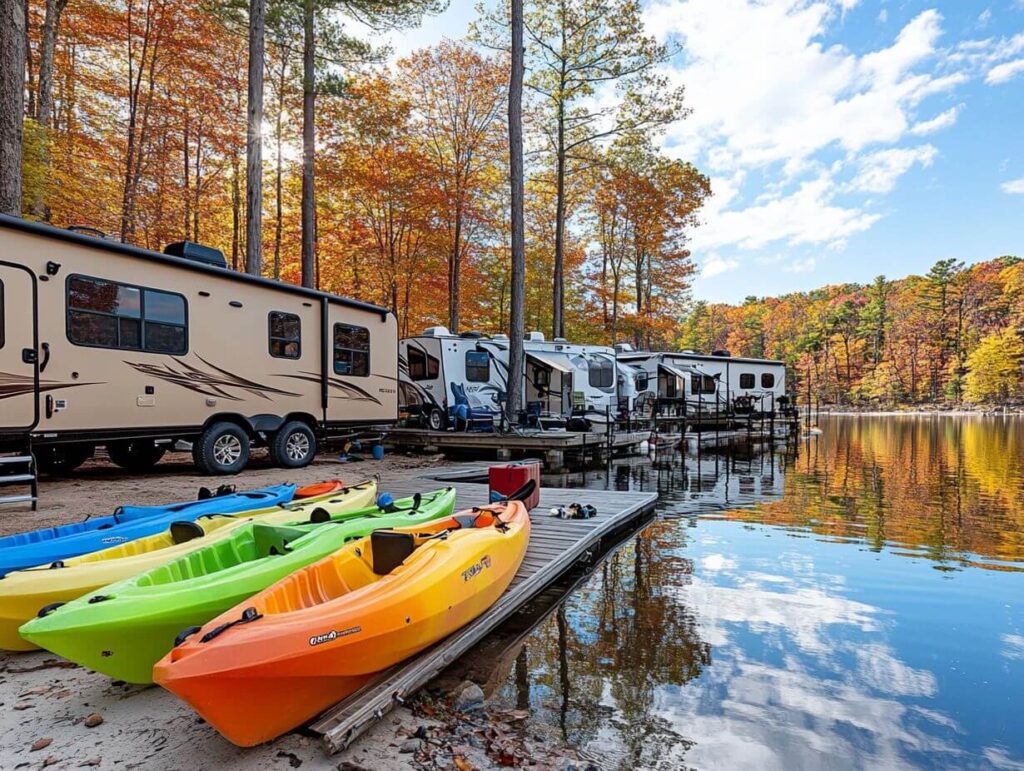
How to Decide
Now that you know the important details about a camping membership you’re considering, follow these steps to make a decision:
Step 1: Look at Maps
Get maps showing all the campgrounds in the membership. Mark the ones near where you like to camp. Check how far apart they are, especially if you like to visit multiple places. Look for backup spots near popular camping areas in case your first choice is full.
Step 2: Check Your Costs
Look at what you spent on camping last year. Make a list of all your camping costs. Include any discounts you already use. Think about how much you plan to camp in the future.
Step 3: Talk to Members
Join camping forums and read what current members say. Pay attention to people who camp like you do. See what they say about making reservations. Look for common complaints or good things people mention often.
Step 4: Try It Out
See if you can test the membership first. Some offer short trials. You might also find a used membership for sale, which costs less. Check if they offer refunds if you don’t like it. If possible, try their booking system before you join.
Is It Right for You?
Here’s a simple checklist to help you make a decision.
A camping membership might be worth it good if you:
- Camp at least 15-20 nights each year
- Visit places that have member campgrounds
- Like to plan ahead
- Want to know your camping costs ahead of time
- Enjoy campgrounds with lots of extras
- Camp during less busy times
A camping membership might not be worth it if you:
- Don’t camp very often
- Like to camp in the wild
- Camp in areas with few member spots
- Don’t like making plans ahead of time
- Usually camp during holidays and busy times
- Have favorite campgrounds that aren’t part of any membership
Getting the Most from Your Camping Membership
If you do join, here’s how to make it worth your money:
- Book during less busy times
- Use all the extra benefits they offer
- Learn when to book to get the spots you want
- Consider joining more than one type of club
- Talk to other members to learn helpful tips
- Use member discounts on camping gear
- Plan trips that use multiple member campgrounds
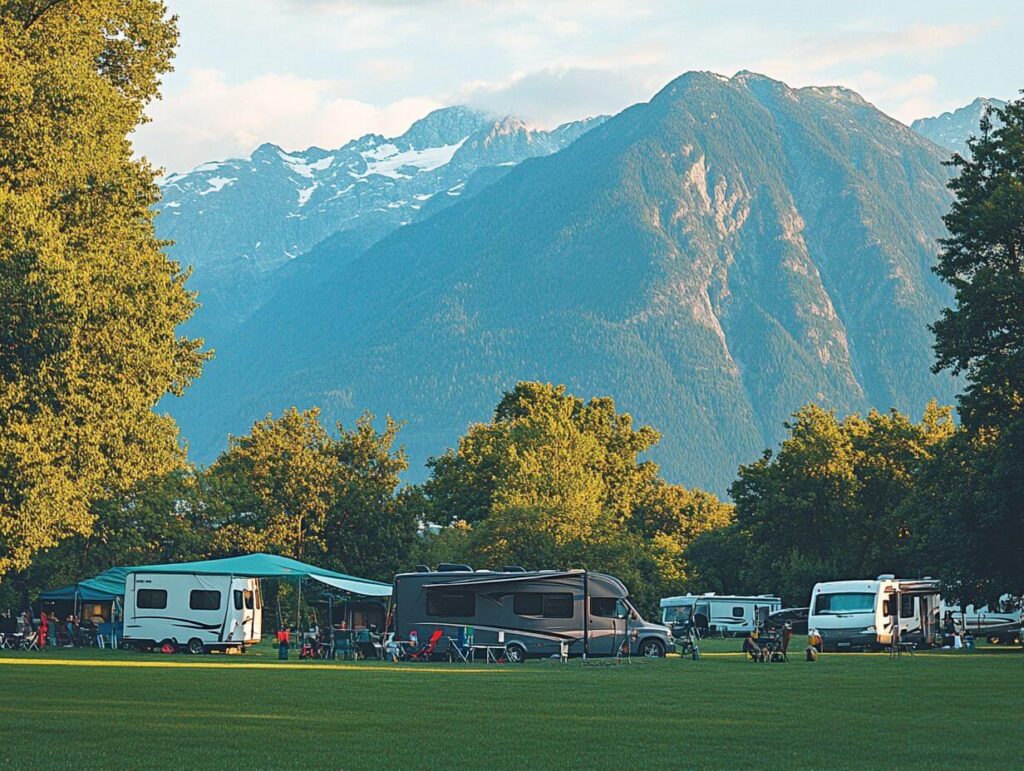
Common Membership Mistakes to Avoid
Here are mistakes many people make when getting a camping membership, and how to avoid them:
1. Buying Just Because of a Sale
Sales and special offers can be tempting, but they often come with a catch. Some salespeople might say “This deal ends today!” to pressure you into deciding quickly. Don’t fall for it. Most sales come back around every few months. Take your time to research and think it through, even if it means missing a “special offer.”
2. Not Reading the Cancellation Rules
Every membership has different rules about canceling reservations:
- Some charge fees if you cancel too close to your stay
- Others might take away booking points or privileges
- Many have different rules for peak season versus off-season
- Some offer “reservation insurance” for an extra fee
Get these rules in writing and understand them before you book your first trip.
3. Not Checking RV Rules Carefully
RV restrictions can be tricky:
- Some fancy resorts won’t allow RVs older than 10 years
- Length limits might be different at each campground in the network
- Some parks have rules about RV appearance (like no rust or visible damage)
- You might need to send photos of your RV before your first stay
Always ask for a complete list of RV requirements and keep it handy.
4. Skipping Member Research
Current members are your best source of real information:
- Join Facebook groups for the membership you’re considering
- Read recent reviews (not just old ones)
- Ask members about their booking success rate
- Find out how they handle problems with reservations
- See if they think the membership is still worth it after using it for a while
5. Assuming All Campgrounds Are Equal
Even within the same membership network, campgrounds can be very different:
- Some might have full hookups while others have just basic sites
- Activities and amenities vary a lot between locations
- Some locations might be right by the highway while others are more peaceful
- Bathroom and shower quality can be different at each place
Ask for recent photos of different campgrounds in the network, and try to visit a few before joining if possible.
6. Only Thinking About One Season
Your camping needs might change with the seasons:
- Some campgrounds close completely in winter
- Popular spots might be impossible to book in summer but easy to get in spring
- Some memberships offer better deals in the off-season
- Certain locations might not be fun in very hot or cold weather
Look at the whole year when planning how you’ll use your membership.
7. Not Understanding the Booking System
Each membership has its own way of handling reservations:
- Some use a points system where different dates cost different points
- Many have “rolling booking windows” where you can only book so far ahead
- Some give priority to longer stays over weekend visits
- You might need to learn to use a special booking website or app
Ask for a demo of the booking system and try to book a practice reservation before joining.
Additional Tips for Success
Here are a few extra things to keep in mind if you want to squeeze out the most value from a camping membership program.
Making the Most of Member Perks
Many people focus just on camping spots, but memberships often include extra benefits:
- Discounts on camping gear and supplies
- Special rates for rental equipment
- Free or discounted activities at campgrounds
- Access to member-only events
- Savings on things like propane fills
Make a list of all the extra benefits and plan to use them!
Being Smart About Booking
Successful members often follow these booking strategies:
- Book hard-to-get summer spots in winter when windows open
- Have backup dates ready for popular locations
- Keep a calendar of when booking windows open for different places
- Look for cancellations a few days before popular weekends
- Make friends with other members who can share booking tips
Wrapping Up
Take your time deciding if a camping membership is right for you. Like any good camping trip, the key is planning ahead and knowing what you want.
If a membership matches your camping style and covers places you’ll actually visit, it can save you money and make camping easier. But even the best deal only works if you use it! Check the locations, understand the rules, and talk to current members before you commit. Then make the choice that fits your camping adventures best.
We personally use a couple and find them to be very helpful, but that’s not the case for everyone!





